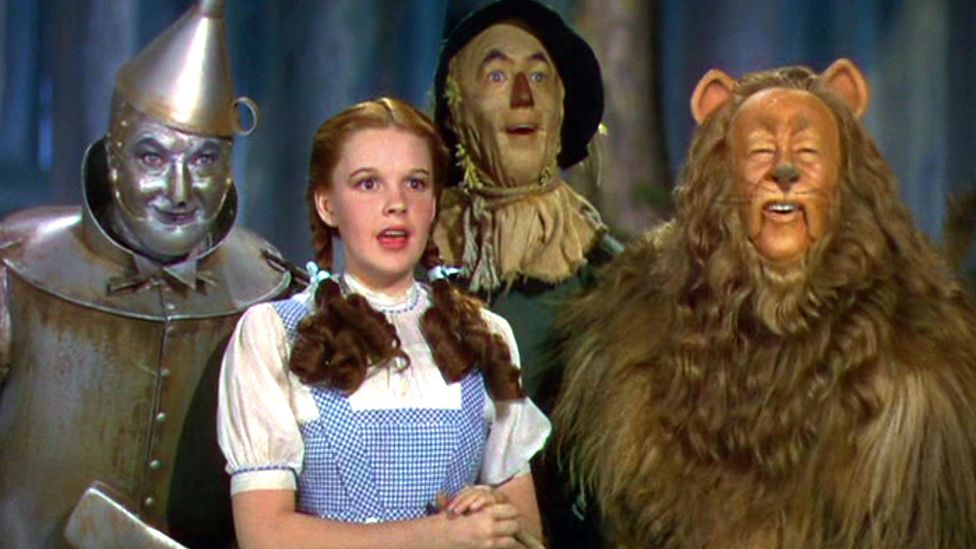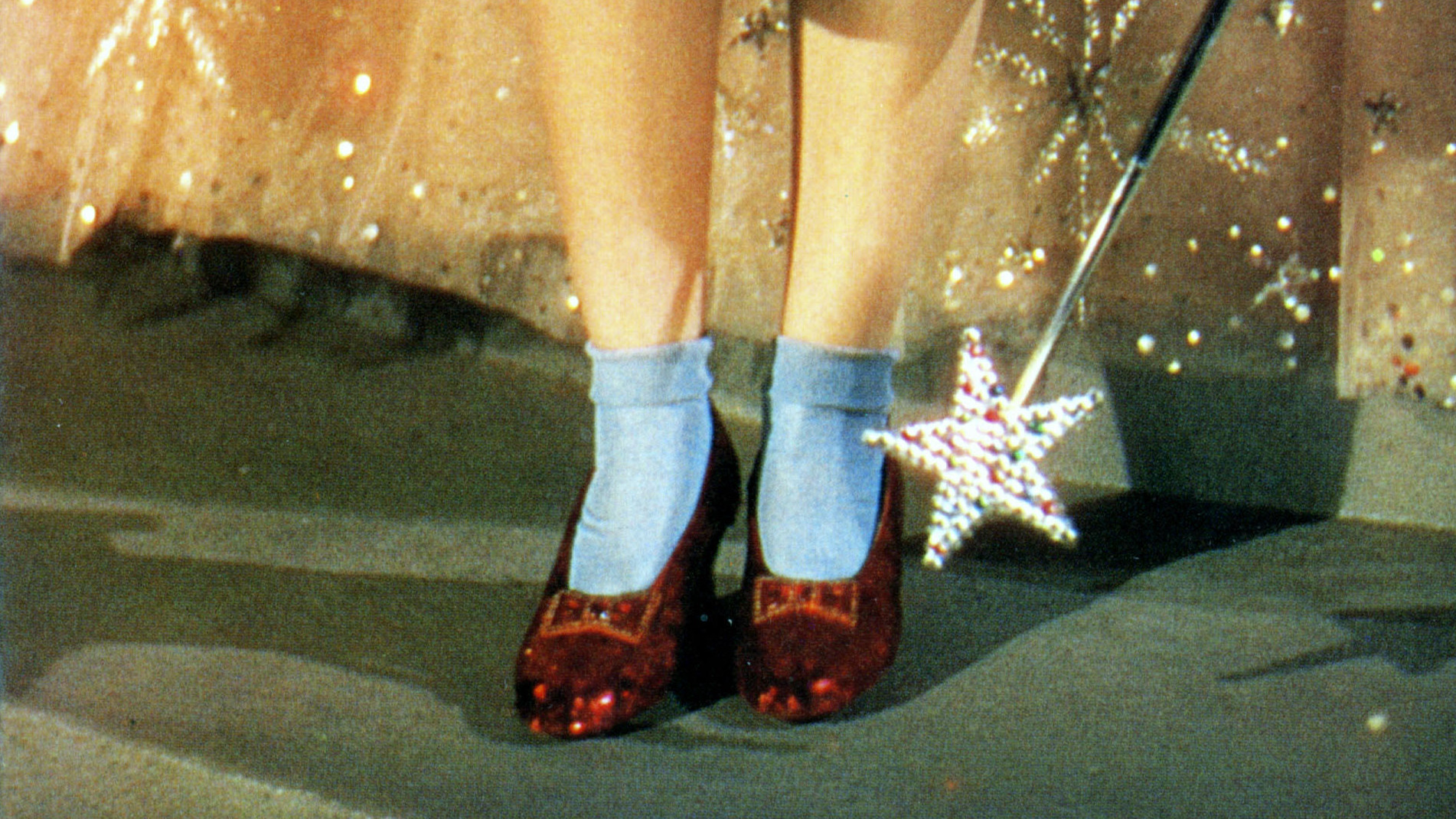
With Wicked now playing movie theaters, what better time than to look book on the movie that helped inspire the 2024 new movie: The Wizard of Oz. One of WTW's 100 best movies of all-time, The Wizard of Oz is beloved my many, but do you know some of the fascinating behind-the-scenes facts for the movie? Take your best with these 50/50 The Wizard of Oz trivia questions:
- True or false: The Wizard of Oz was the first movie to use technicolor?
- Over/under: three directors worked on The Wizard of Oz?
- Which classic Wizard of Oz line ranks higher on AFI’s 100 greatest movie quotes: A) “There’s no place like home”; B) “Toto, I’ve a feeling we’re not in Kansas anymore.”
- True or false: The Wizard of Oz is the most-watched movie in history?
Play an interactive version of the game below to get an official score on how many you can get right (all you have to do is type in the appropriate answer; for the AFI quote, type in "A" or "B").
If you enjoyed that, check out more games from What to Watch:
- Take Two: M. Night Shyamalan
- Take Two: Channing Tatum
- Take Two: Winona Ryder
- Take Two: English Remake vs International Original
- Take Two: George Clooney vs Brad Pitt
- Take Two: Andrew Garfield vs Florence Pugh
- Take Two: classic horror movies
- Take Two: best Netflix original series
- Take Two: Hugh Grant movies
Check out the official answers, with some additional insight into each, right here.
True or false: The Wizard of Oz was the first movie to use Technicolor?

The Wizard of Oz is famous for the scene in which Dorothy exits her sepia-tinged life in Kansas with the vibrant world of Oz, presented in glorious Technicolor. It is one of the most famous early examples of the use of color in movies, but it's not the first. In fact, Technicolor was first experimented with in the 1917 movie The Gulf Between. The Wizard of Oz was not even the first movie to primarily use the three-strip Technicolor technology that helped give the movie its classic look. That was in 1935's Becky Sharp. Of course, black and white still remained the dominant format for years to come in Hollywood.
Over/under: three directors worked on The Wizard of Oz?
Not one, not two, not three, but five directors worked on The Wizard of Oz at some point. As detailed by the Yale Film Archive, the first was Norman Taurog, who worked during pre-production, including some early Technicolor tests. Richard Thorpe was brought in to replace Taurog, but only lasted two weeks before he was replaced with George Cukor. Cukor only oversaw things while production was shut down and didn't actually shoot any footage used in the movie, but he is credited with revising the looks for Dorothy and the Wicked Witch. Victor Fleming then came in and shot most of the movie and is the one who gets primary credit. However, he was not able to finish the movie (funnily enough called in again to replace Cukor on Gone with the Wind). King Vidor was the fifth and final director to contribute to The Wizard of Oz, shooting the Kansas scenes.
Which classic Wizard of Oz line ranks higher on AFI’s 100 greatest movie quotes: A) “There’s no place like home”; B) “Toto, I’ve a feeling we’re not in Kansas anymore.”

The American Film Institute's list of 100 Years... 100 Movie Quotes ranks the most memorable lines from American movies (up until the mid-2000s). Of The Wizard of Oz's many classic lines, Dorothy's "Toto, I've a feeling we're not in Kansas anymore" was ranked no. 4 on the entire list, 19 spots higher than "There's no place like home."
One other line from The Wizard of Oz made the final list, the Wicked Witch's "I'll get you, my pretty, and your little dog too!", which was voted to no. 99.
True or false: The Wizard of Oz is the most watched movie in history?
According to the Library of Congress, The Wizard of Oz is the most-watched movie of all time. The basis for this assertion are the TV airings of The Wizard of Oz that became major events, with the Los Angeles Times saying it drew 45 million viewers the first time it aired on TV in 1956. From the movie playing once a year as a big TV event to today where it is reaired more frequently, it's not hard to understand how The Wizard of Oz earned this title.







